Dharamshala, 12th August: Xi Jinping’s recent visit to Tibet is significant because of the choices made during the Seventh National Forum on Work in Tibet, held in Beijing on August 28 and 29, 2020. “Stability, development, ecology, and border area consolidation” was the focus of an important eight-character edict from Xi. After the confrontations between Indian and Chinese troops in eastern Ladakh in May 2020, the issue of “border area consolidation” had gained importance.
Before the fighting in Galwan, the Indian, Bhutanese, and Chinese militaries engaged in a tense standoff in Doklam in 2017. As a result, the security aspect of Tibet management has become increasingly important to China. “We must stick to the strategic thought that to control the nation, we must govern our boundaries; to govern our borders, we must first stabilize Tibet,” said the Chinese President at the Seventh Forum.
Tibet is given the highest priority when it comes to securing the border. There was no mention of any other boundary or any border in general. Arunachal Pradesh poses a huge threat to India’s national security, which is why it’s important to recognize it.
Constructing a wall around the boundary
Particularly near the India-China border in Arunachal Pradesh, the pace of infrastructural development in Tibet has accelerated. On his visit to Nyingchi, Xi saw the proposed high-speed railway from Lhasa to Chengdu, in Sichuan province, which includes Nyingchi. India and China are barely 15 miles away. If a war breaks out, the rail link will be crucial in delivering troops and supplies quickly to the border.
But Nyingchi’s importance extends beyond its cultural significance. Near the Brahmaputra river bend, where a massive hydroelectric plant is planned, sits the village of Brahmaputra. This would have a negative impact on the flow of water south into India and Bangladesh. In addition, during Xi’s visit, a new bridge over the Brahmaputra in Nyingchi will be completed. This will further improve the plateau’s roadway network. The construction of the enormous hydroelectric plant will be aided by the upgrading of transportation infrastructure.
Through different incentives and subsidies, a more modern approach involves establishing mixed Tibetan and Han towns on its southern borders. There have been an increasing number of these settlements along the India-China border, as well as the China-Nepal and China-Bhutan frontiers. Arunachal Pradesh’s Narendra Modi government hasn’t acknowledged any Chinese encroachment on the Indian side of the border, although there are credible reports of new villages being built across the border from Nepal and Bhutan. As part of the border defense, local Tibetan militias are being established, and “patriotic education” is being given to them.
India had moved fast after the 1962 war with China to encourage new settlements in the thinly populated border areas of Arunachal. Army reservists and locals worked together to resolve these issues. Rationing was subsidized, and basic medical and educational facilities were built, as well as other services. However, most of these communities had been abandoned by the time I conducted my first border infrastructure assessment in the area in 2004, and their residents had relocated to the lower hills and plains. The subsidies were gradually phased out as memories of 1962 faded and the border appeared to be generally quiet. In reality, in several of these settlements, the population has increased dramatically. In fact, some of these settlements had recently welcomed more recent migrants from Tibet across the border. Now, China is pursuing this colonization project seriously, despite the fact that we have allowed our side of the border to become depopulated. This, along with other recent events, will have significant security ramifications for India.
Assimilation with vigour
China’s Tibet policy is currently dominated by security concerns, which is reflected in the country’s domestic policy toward the region. Both last year’s Seventh Forum on Tibet and Xi Jinping’s current visit reveals a renewed desire to eradicate Tibetan culture and identity, particularly the people’s distinctive and deeply ingrained Buddhist faith. Xi has begun an especially vigorous absorption phase. “Tibetan Buddhism should be guided in adjusting to the socialist society and developed in the Chinese context,” he has urged.
Chinese cadres have viewed this as a policy of “sinicizing” Tibetan Buddhism through regulating religious instruction and restricting the recognition of “tulkus,” or reincarnations of senior lamas. This is unmistakably a foreshadowing of the 15th Dalai Lama’s resignation once the current Dalai Lama passes away.
A more pernicious part of China’s assimilation policy in Tibet is the open encouragement of Han Chinese-Tibetan marriages.
Over the years, China has been able to co-opt many Tibetans into its assimilation drive. This fact should not be overlooked. It has become emotional and professional imperative for many Tibetans to continue the Chinese occupation of Tibet. In 1951, during the so-called “peaceful liberation” of Tibet, this co-optation was already evident. A Dalai Lama-China reunion or Dalai Lama’s return to Tibet do not excite those who have benefitted from their relationship with Chinese control over Tibet. It would appear from the present policy direction on Tibet that even the slightest chance of reconciliation, which would benefit India the most, has vanished from the picture entirely. In India-China relations, the Tibet issue has become more direct and obvious. The search for a new equilibrium in India-China relations would be increasingly complicated.

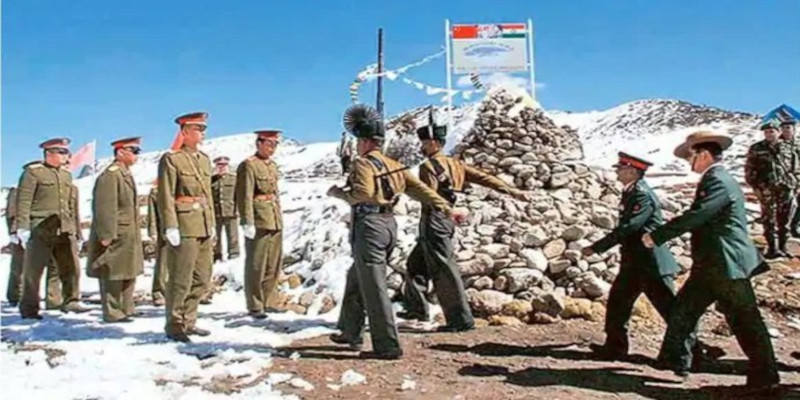
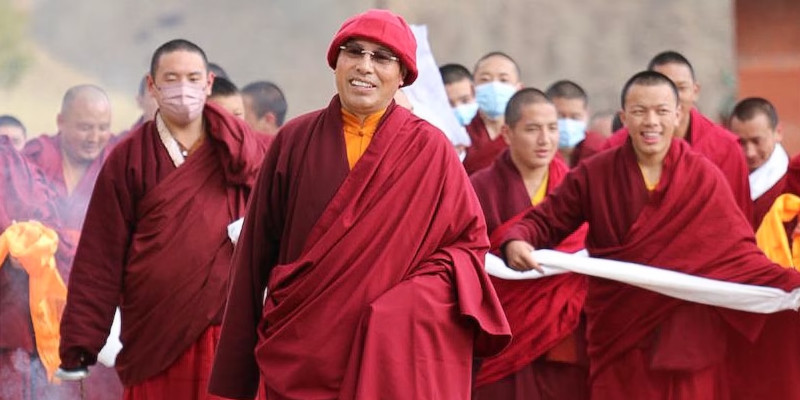
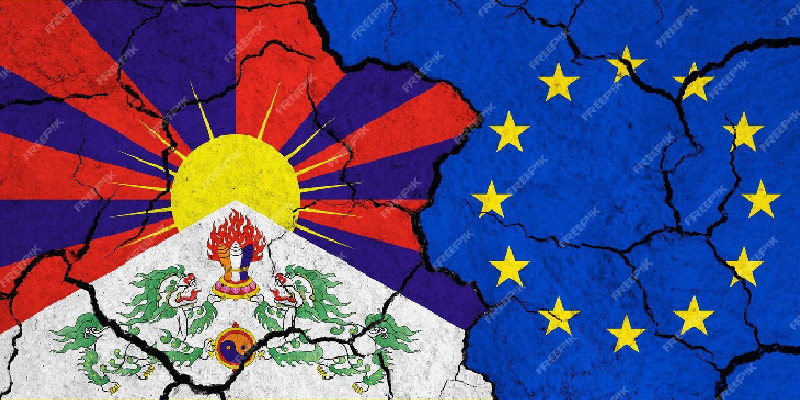
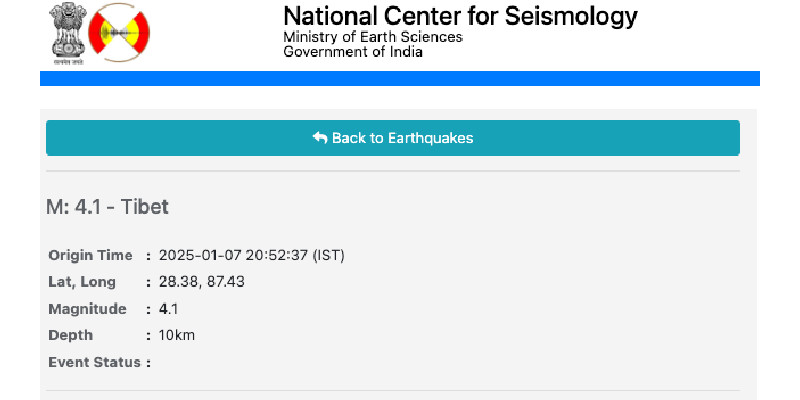
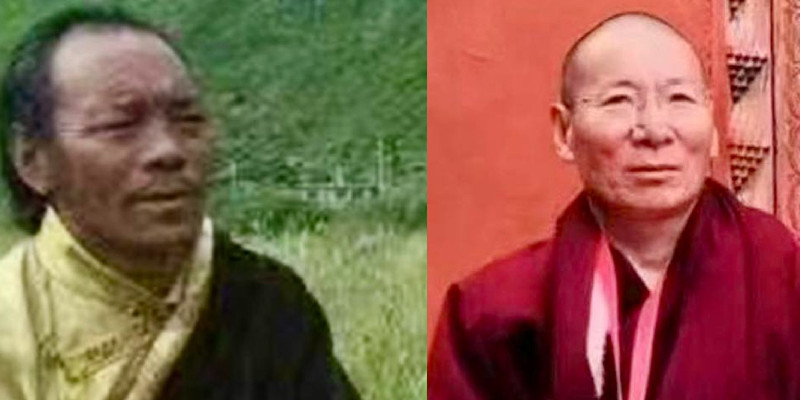

Leave a Reply